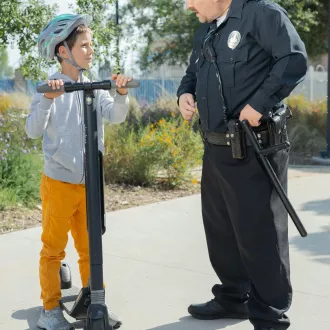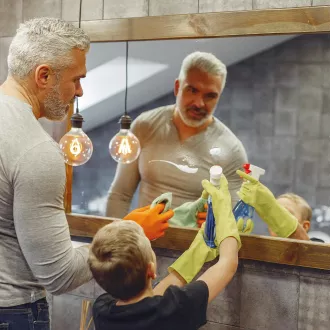Transcription Learning and continuous improvement in decisions for child autonomy.
This is a crucial skill for child autonomy, as it allows children to develop problem-solving skills, make informed decisions, and develop a sense of responsibility for their own actions. Decision-making can be a complicated process for children, especially if they are used to relying on adults to make decisions for them.
However, there are a number of ways parents and caregivers can encourage decision-making and autonomy in children. In this article, we will explore some tips and strategies for encouraging decision-making and lifelong learning in children.
Provide choices
Giving children choices helps them feel they have some degree of control over their lives and allows them to make informed decisions. Providing choices can also help children develop critical thinking skills and teaches them to consider different perspectives before making a decision.
However, it is important to keep in mind that the choices presented should be realistic and appropriate for the child's age. Too many choices can be overwhelming for children, especially younger children. It is also important to make sure that all options are acceptable to parents or caregivers.
Allow children to experiment with failure.
Failure can be an excellent opportunity for children to learn and grow. Allowing children to experiment with failure can help them develop resilience skills and teaches them to learn from their mistakes. Encouraging children to take calculated risks and to accept the possibility of failure can help them develop an attitude of continuous learning.
It is important to remember that failure is a natural part of the learning process and should not be viewed as a negative. Rather than punishing children for their mistakes, it is better to use failure as an opportunity to teach them how to improve and do better next time.
Help children set goals and objectives.
Setting goals and objectives can help children develop a sense of purpose and direction. Guiding children to set realistic a
learning decisions




